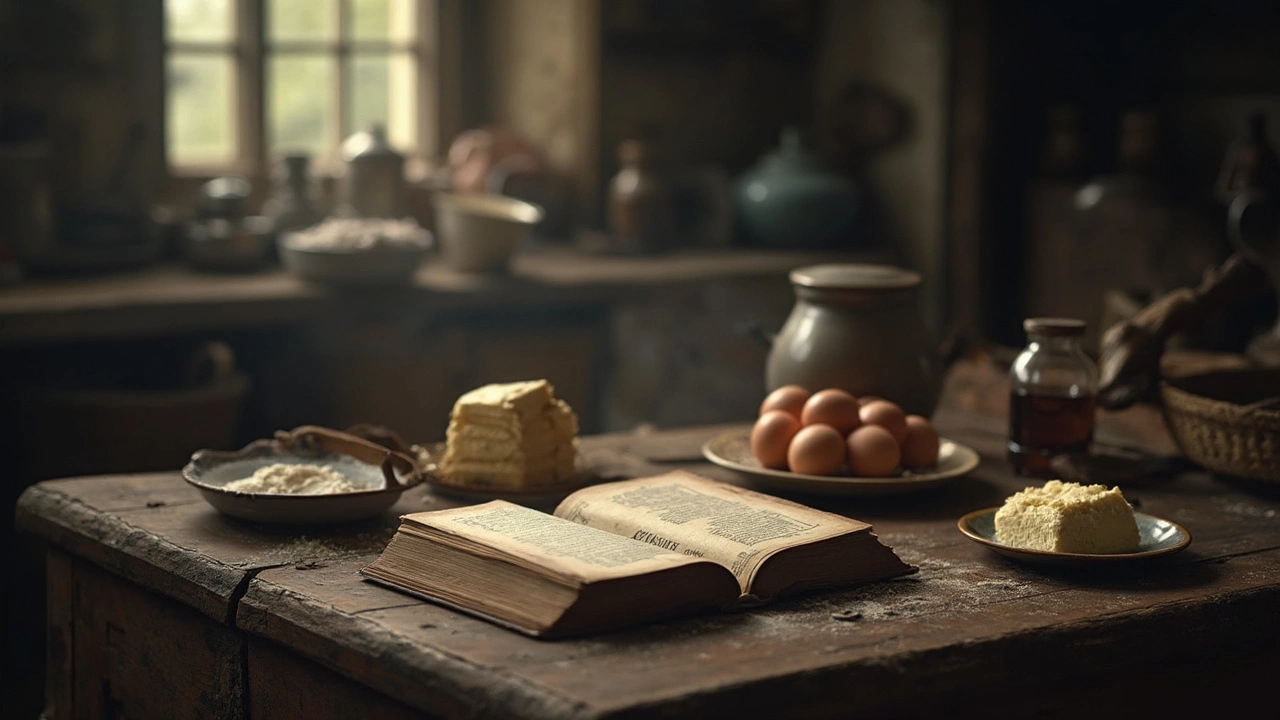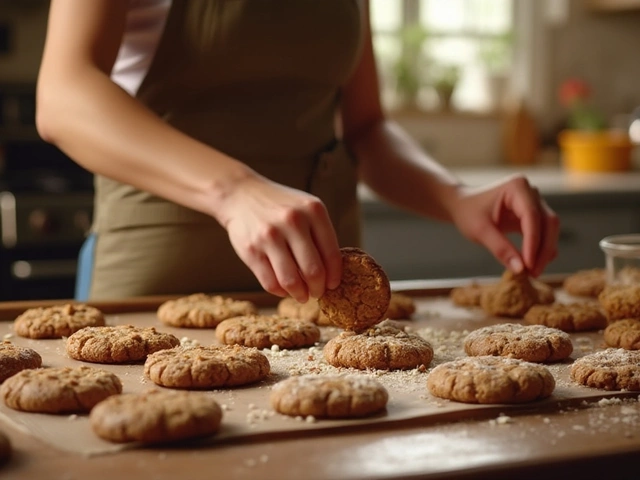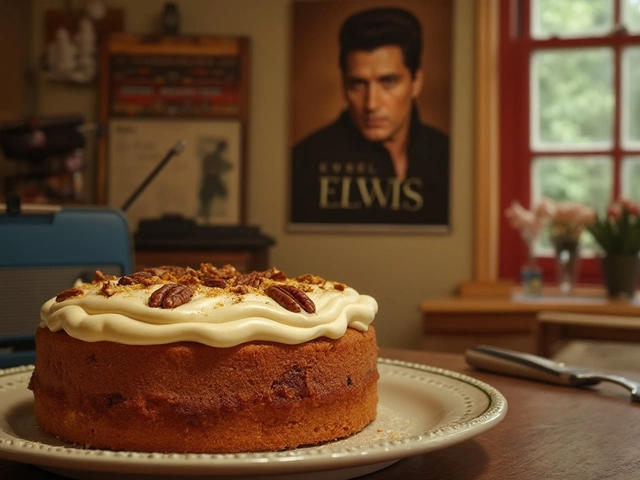Traditional Recipes: Your Go‑To Guide for Classic Desserts
If you love the taste of a grandma’s kitchen, you’re in the right place. Our traditional recipes page gathers the most beloved sweets that have stood the test of time. Whether you’re after that perfectly creamy fudge, a rich tiramisu, or a fail‑proof brownie, we’ve got the step‑by‑step tips you need.
Master the Basics – Temperature, Texture, and Timing
One secret that shows up again and again is temperature control. Take fudge, for example. Hitting the soft‑ball stage (235‑240°F) guarantees a smooth, melt‑in‑your‑mouth texture. Our Fudge Temperature Guide walks you through quick fixes and altitude adjustments so you never end up with grainy fudge again.
Brownies may look simple, but knowing when they’re truly done can save you from a crumbly disaster. Look for a set edge, a slightly fudgy center, and a pleasant chocolate aroma. If you’re unsure, the “toothpick test” works – just remember a few moist crumbs are okay; over‑baking makes them dry.
Even classic Italian desserts like tiramisu need a little science. The right balance of espresso, mascarpone, and ladyfingers creates that iconic airy texture. Our post on What Does ‘Tiramisù’ Really Mean? gives a quick history and a cheat‑sheet for layering without a mess.
Keep Tradition Alive – Tips for Modern Kitchens
Traditional recipes were created before modern gadgets, but you can still honor them with today’s tools. For gluten‑free bakers, the common problem is a sunken cake. The solution is simple: add a bit more leavening and use a blend of rice flour, tapioca starch, and almond flour. Our Gluten‑Free Cakes Sink article explains why this happens and how to fix it in plain English.
Want to preserve sweets for later? Freezing tiramisu works better than you think. Wrap each layer tightly in cling film, then store in an airtight container. Thaw in the fridge overnight, and you’ll still have that velvety bite.
For those who love a good story with their dessert, we explore the origins of cannoli, the most eaten cake worldwide, and the difference between king cake and queen cake. Knowing where a treat comes from adds a layer of appreciation that makes every bite feel special.
Finally, don’t forget to taste as you go. Classic recipes thrive on intuition – sprinkle a pinch of salt, adjust sweetness, or add a splash of vanilla if the flavor feels flat. The more you practice, the easier it becomes to recreate the flavors you love.
Ready to get cooking? Pick a recipe from the list below, gather your tools, and dive in. Traditional sweets aren’t just food; they’re a connection to the past, a way to share love, and a reason to smile.

Why Is It Called Miserable Cake?
Exploring the unique name of 'miserable cake,' this article dives into its fascinating history and cultural significance. Uncover the reasons behind its seemingly gloomy name, connecting it to historical contexts and baking traditions. Learn the recipe, along with practical tips to recreate this classic dish. Discover how this straightforward cake highlights the beauty of simplicity in baking. Perfect for curious home bakers looking to expand their culinary repertoire.
View More



